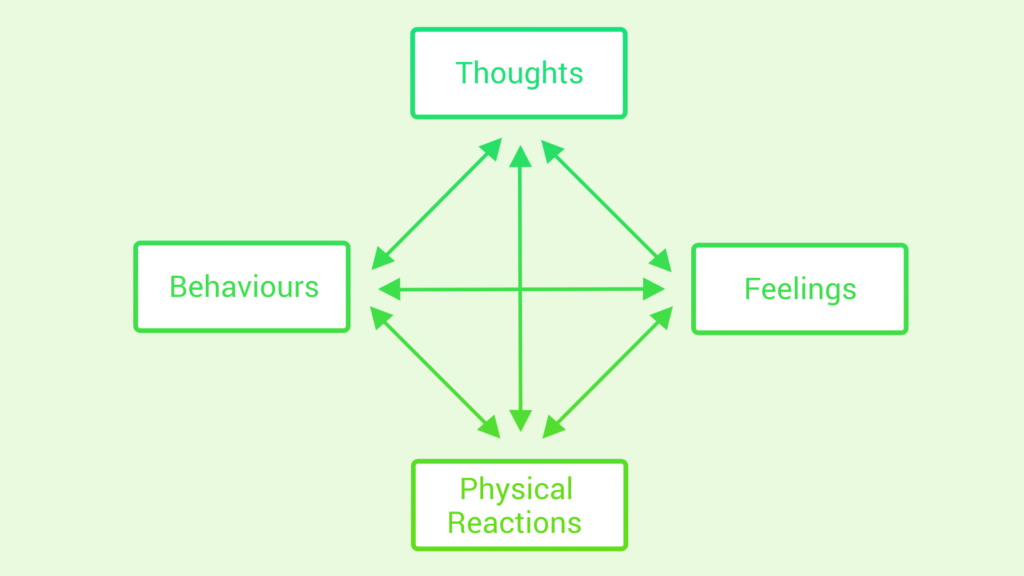
The symptoms of social anxiety: thoughts, feelings, behaviors and physical reactions are all interconnected and affect each other. Cognitive behavioral therapy (CBT) works on changing thoughts and behaviors. Since they are interconnected, this can improve all symptoms. The effectiveness of CBT has been demonstrated in over 1000 studies and the method is widely used by psychiatrists to help people with social anxiety.
The Working Principles
Cognitive Therapy
The cognitive part aims to question old negative thought patterns, create new more realistic and positive ones, and with training and repetition make the new thought patterns habitual. By altering your thoughts you can also affect your feelings, behaviors, and physical reactions.
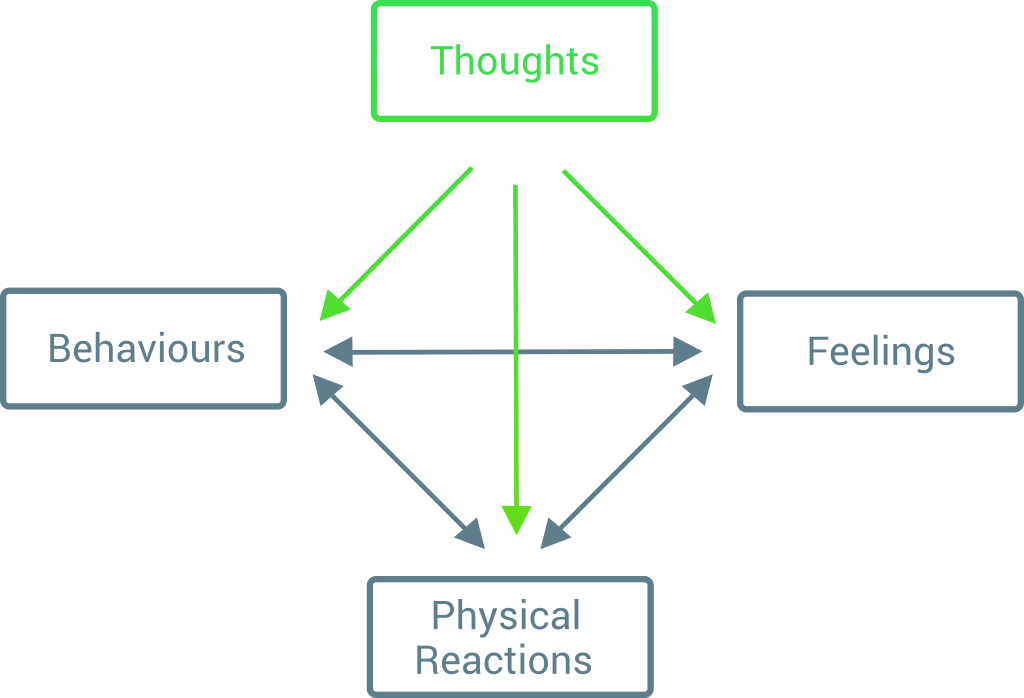
Let’s take an example:
You are holding a presentation in class and two students start to whisper and smile. Your interpretation of the event is that they are making fun of you. The reaction that comes from your interpretation is that your heart beat rises and you look down. A more helpful, positive and realistic interpretation would be that they talked about something else, not concerning you, that they thought were funny.

Behavioral Therapy
Behavioral therapy uses techniques to stop avoiding social situations that trigger social anxiety. This is done by training new more useful behaviors that replace old limiting ones.
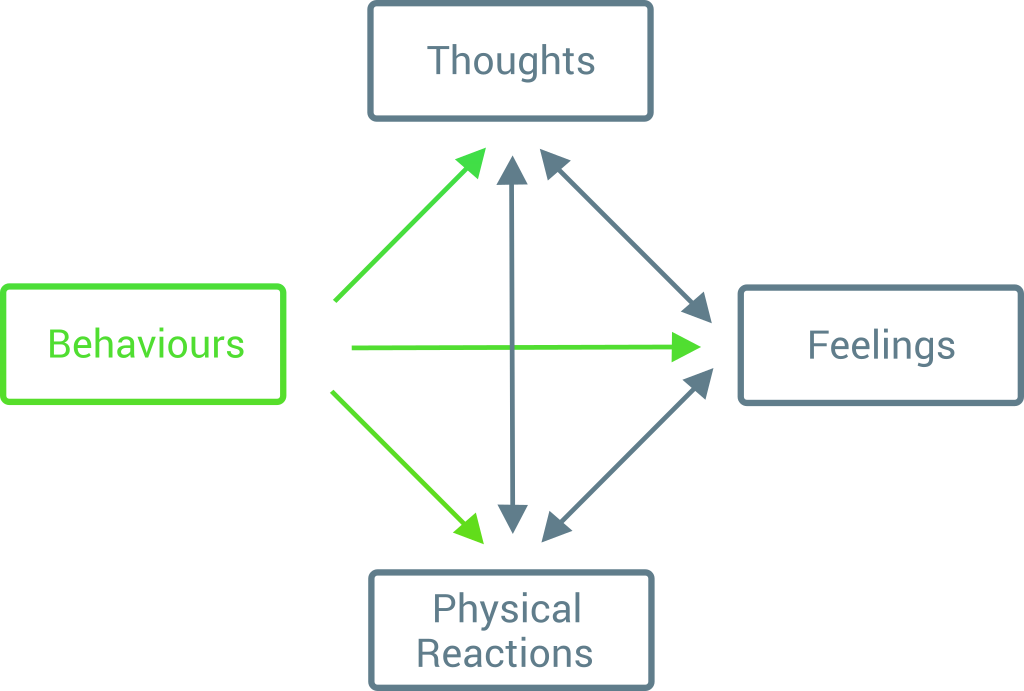
When you feel anxiety in a social situation it is natural to want to get rid of that feeling as fast as possible. If you are speaking in front of an audience and you get a strong anxiety response, you might want to leave the room. However, by doing so, it is likely that you will avoid public speaking in the future. This is the social anxiety trap.
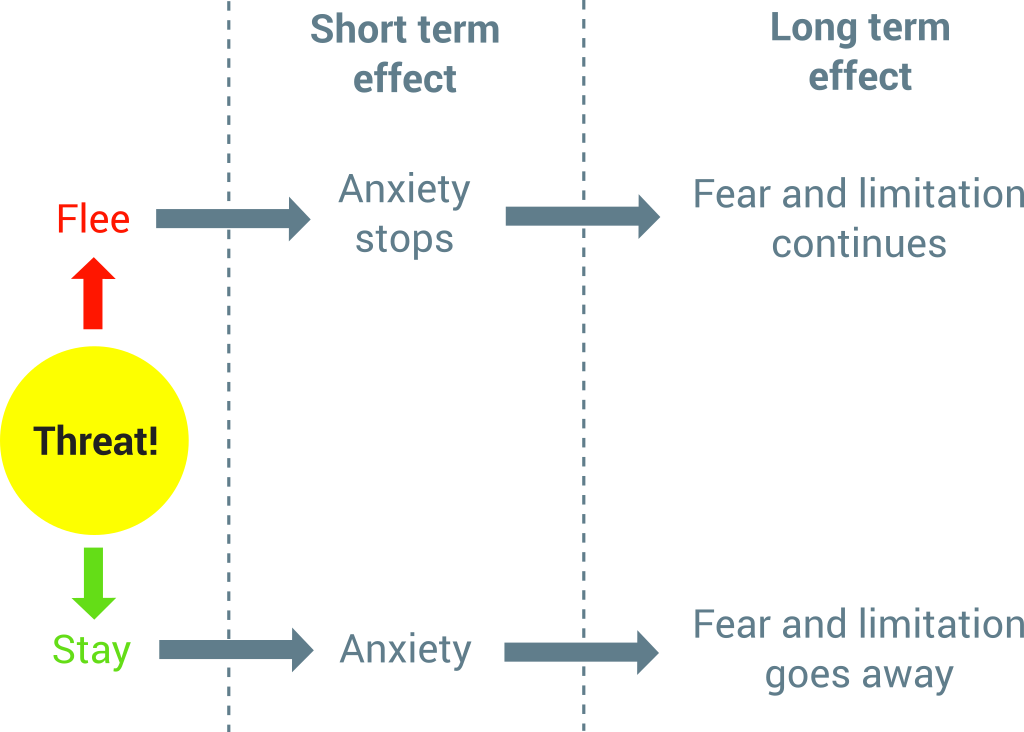
What you predict will happen if you stay in the situation is that your anxiety response will rise in all eternity. If you run from the situation the anxiety will go away, but you will continue to avoid the situation. The key is to stay in the situation and experience the anxiety decrease and go away! By doing so you train a new more useful behavior and stop avoiding the situation.
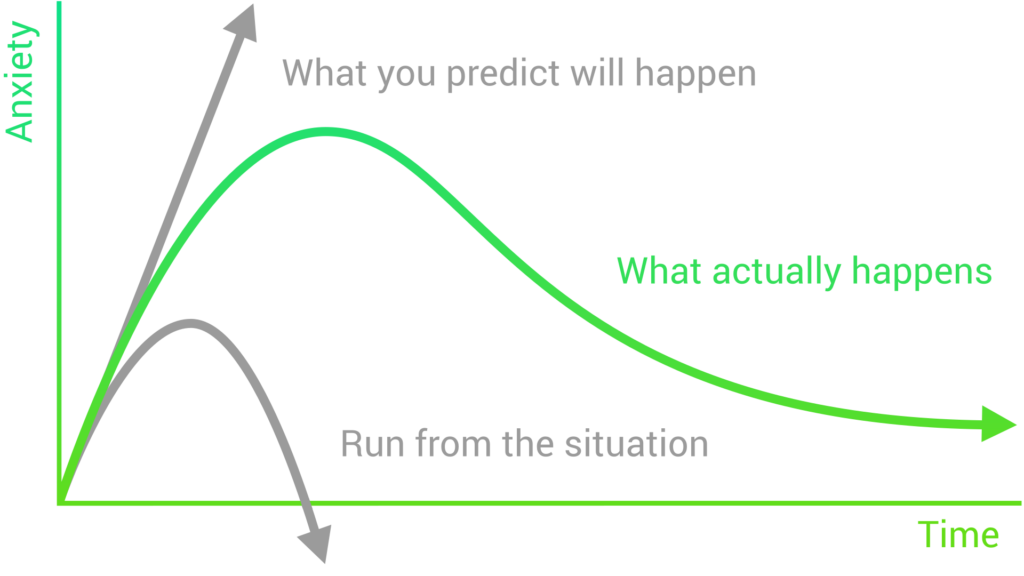
In practice, this means creating an anxiety hierarchy where you list the situations that are challenging to you from the least challenging to the toughest one. The situations are then continuously trained from the bottom up.
Why Face Your Fears Alone Don’t Work
So, if exposure to situations that trigger social anxiety can make the problem go away, why has it not done so already?
The key for exposure therapy to work is systematic desensitization. That means:
- The situations must be chosen deliberately, not forced upon.
- Done step-by-step. Slowly increasing difficulty level when you are ready.
- Being persistent.
How To Get Access To CBT
There are several ways to get access to CBT solutions.
- Contacting a local therapist
- Self-help apps
- CBT workbooks like The Anxiety and Worry Workbook
- CBT online programs
Sources
http://www.kbtterapi.se/?q=node/2
https://psychcentral.com/lib/the-origins-of-cognitive-behavioral-therapy/


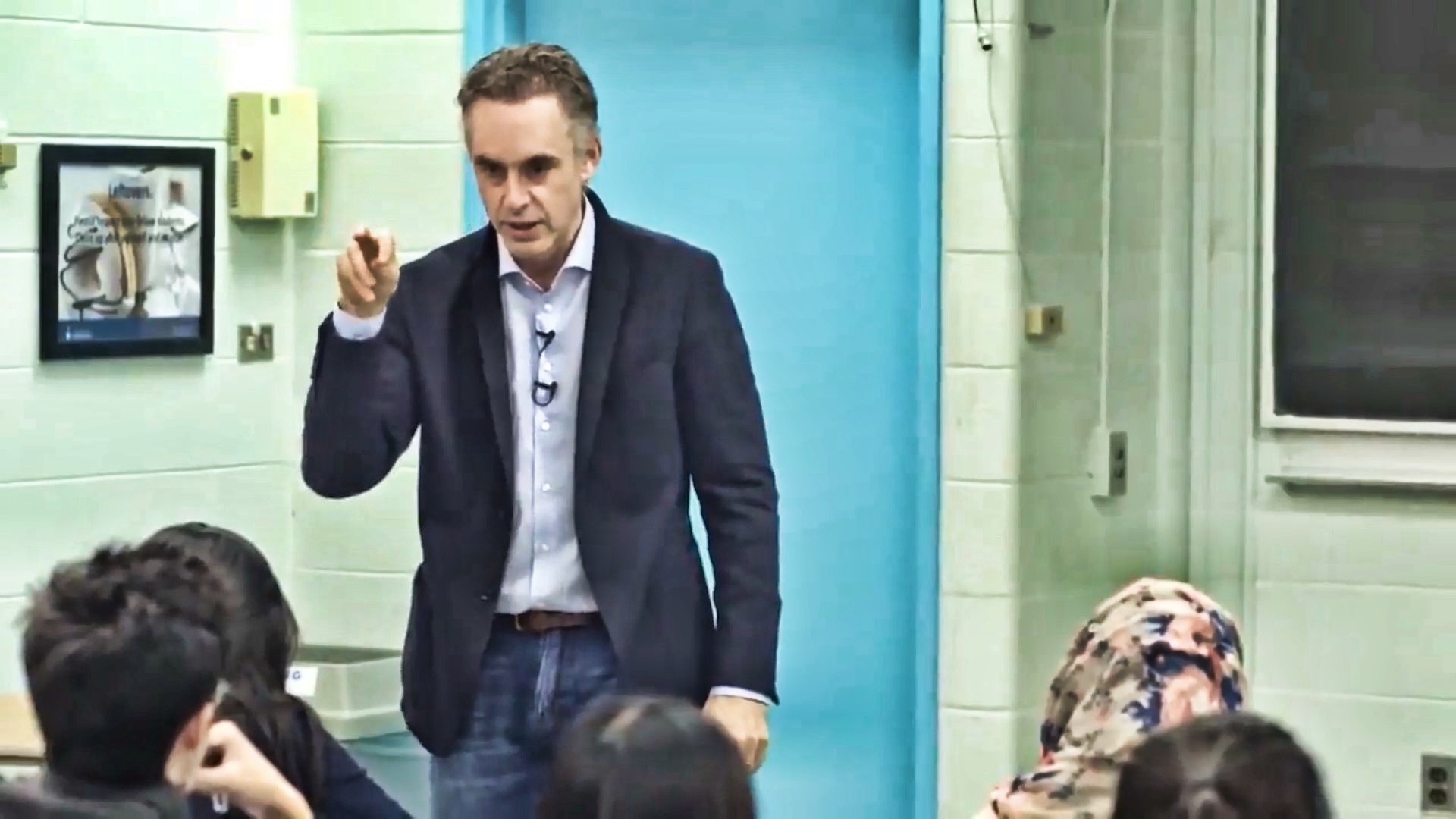
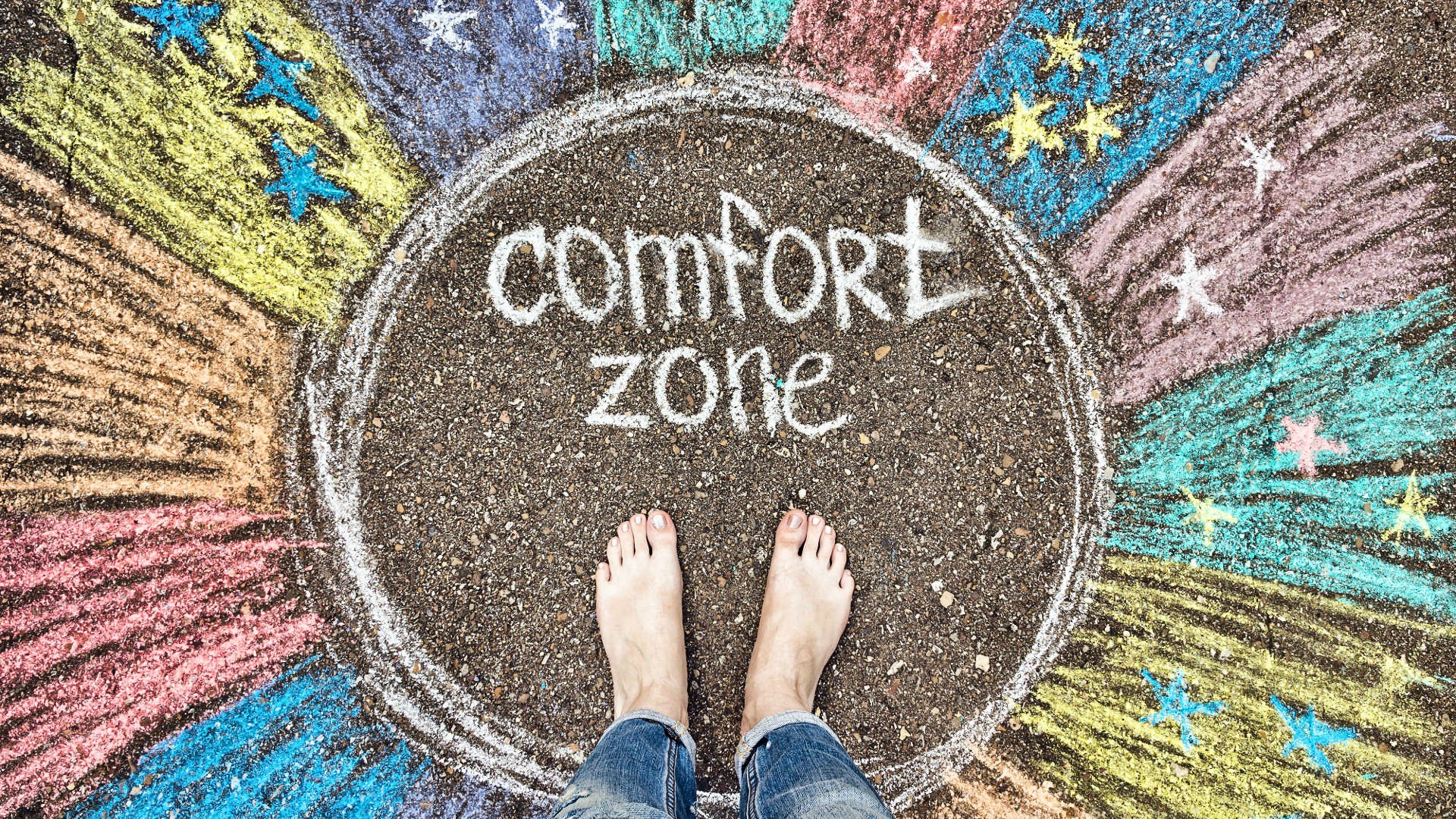

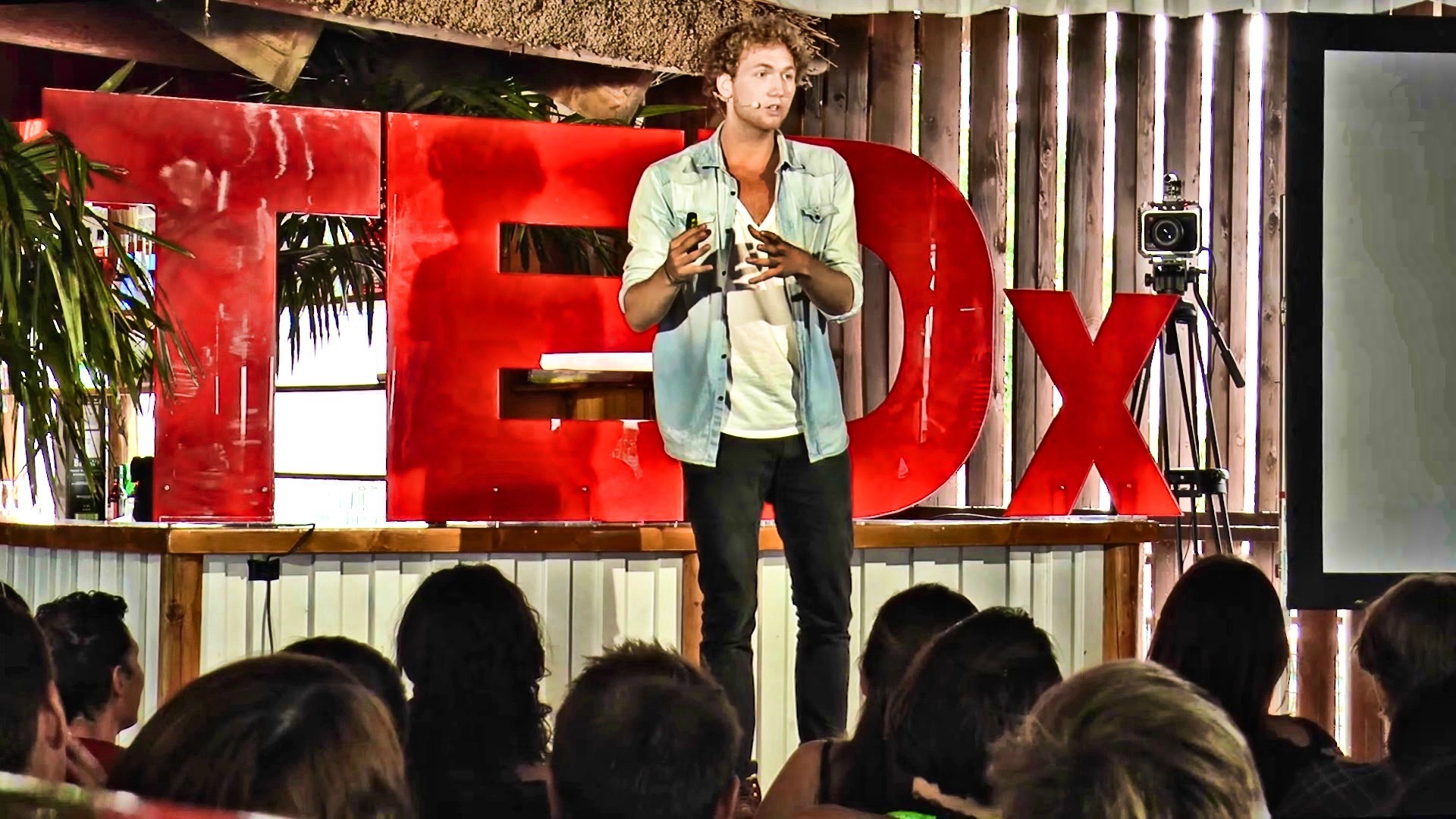
Great post. Articles which have meaningful and insightful comments are
more enjoyable, at least to me. It is interesting to
read what other people thought and how it relates to their clients, as their view could possibly help you later
on.
King regards,
Balle Schneider